Almost half of Americans owe money. 60% of them borrow from banks, 30% from сredit unions, and 24% from online lenders. However, the situation with COVID-19 and social distancing may reverse the numbers in favor of lending platforms that provide credit quicker and easier and without face to face interaction.
It is forecasted by Statista that by 2025 the value of the global P2P lending market will reach one trillion U.S. dollars. Looks like a promising area, doesn’t it?
So, how to start a peer-to-peer lending platform of your own? Let’s talk about it below.
What is a P2P lending website?
Before we jump into the explanation of how to build a loan app, let’s find out about the p2p lending business.
A peer-to-peer lending website (or loan app) is an online marketplace that connects borrowers who need money and lenders (individuals or financial institutions) who are willing to lend money. The platform plays the role of a mediator that manages the relationship between the two parties and collects a service fee.
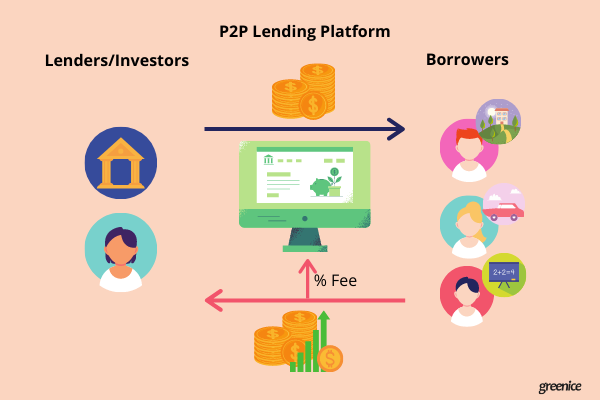
The P2P loan apps were created as an alternative to traditional banking loans. The first P2P lending platform was Zopa, founded in 2005 in the UK. In 2006, Prosper Marketplace was launched for the U.S. market, and the next year Lending Club was established. Today we can find hundreds of platforms functioning in different countries.
Banks vs Lending platforms
Let’s examine the main differences between traditional and alternative loans:
| Traditional banks | Online lending marketplaces |
|
|
*APR means ‘annual percentage rate’ rather than just ‘interest rate’ as it includes total annual costs of a loan like interest rate, origination fees, processing fees, closing costs, and other fees. Recently, banks have started to think of lending marketplaces as complementing their services rather than competing with them. Banks partner with P2P platforms to cover more consumers — especially those who generally do not qualify for traditional bank loans.
Other Lending Opportunities
- Crowdfunding platforms
Peer-to-peer lending is considered a type of crowdfunding. The difference between p2p lending and crowdfunding is that crowdfunding is mostly associated with reward, donation, or equity models, where investors get a perk in exchange for their contribution. This can be a low early-bird price, or a gift, or ownership of a part of the future business. With p2p lending, investors and borrowers sign a loan agreement and lenders expect to get only their money back plus interest.
- Big tech lending options
When the lending industry started to grow, Big tech companies like Google, Amazon, Alibaba, and Facebook began to notice. Having huge customer databases, these companies are constantly searching for new areas to exploit, and lending is attractive. Each of them created their own payment system that allows them to consolidate customers in their ecosystems.
Amazon Lending, for example, provides loans for small businesses that sell on Amazon. It simplified the loan approval process and does not even check the credit history, annual revenue, and tax returns but only evaluates the selling performance on the platform. For merchants who have a presence at Amazon, this is a big advantage.
How does the peer-to-peer lending marketplace work?
To understand better how to start a peer-to-peer lending site, let's learn how they work. The person-to-person lending business works through an online loan application and needs no retail offices. There are usually two types of users at such platforms:
- An investor (or lender): an individual who wants to put his extra money to work for him/her, or a financial institution (bank, broker, or financial advisor) that is looking to increase their yields and diversify their income sources.
- A borrower: an individual who needs money quickly.
Reasons why borrowers prefer lending marketplaces:
- According to the U.S. Department of the Treasury, at lending marketplaces, 70% of loan applications are approved.
- They receive faster credit approval at looser terms.
- Lending platforms give the best chances for loan approval for those whose credit score is low.
Reasons why investors use lending marketplaces:
- It is an easy way to make the money work.
- The platform provides a list of borrowers.
- No need to provide information about assets.
- Investors may withdraw their available cash at any time.
- The money can be invested in small amounts to minimize risks.
The main goal of the marketplace is to connect borrowers to investors. Therefore, the basic registration process is as follows:
1. Registration and application
A borrower submits a credit inquiry application describing the purpose of the loan and amount. The borrower may add a brief description of him/herself.
2. Applicant evaluation and scoring
The platform assesses the creditworthiness of the borrower and assigns a risk grade to each borrower. Usually, the system takes into account FICO scores*, income, job history, number of recent credit inquiries, education, the type of credit requested, credit card utilization, and recent delinquencies.
*FICO scores range from 300 to 850. For Prosper and LendingClub, to earn a ‘good’ grade, borrowers should be in the 670-739 range. More than 80% of Prosper loans were given to borrowers with FICO scores of 680 or greater. Those who have a lower score will have fewer chances for loan approval. Newer marketplaces require lower or no FICO scores. This lets them compete with the market leaders by lending to riskier applicants. Their clients are middle-income, low-income, and young borrowers.
3. Loan agreement
Investors look through the loan requests and decide whether to invest in a borrower or not by examining the borrower’s risk grade and predicted revenue. Lenders can either finance the whole loan or just part of the loan, diversifying the assets among different loans to mitigate risks. The platform generates an electronic loan agreement that describes all terms and conditions.
4. Loan origination
After the borrower signs a loan agreement, the money is transferred to his or her bank account. The platform usually automatically deducts the loan origination fee from this sum.
5. Monthly payments The borrower is obliged to repay part of the loan, including interest, each month. If the borrower misses a payment, fines can be applied; this may also affect the borrower’s credit history. The late payment penalty can be as much as 5% of unpaid payment or $15, whichever is greater. In the case of a payment default, the platforms can initiate legal actions against the borrower.
Are you going to start a p2p lending platform?
Let’s discuss the quoteBusiness models of lending apps
As a person who aims to make money with peer loan sites, you should be concerned about how this business generates revenue. Traditional peer-2-peer lending platforms use the following revenue sources:
1. Origination fee. The platform takes a percentage (usually 1-6%) of each loan for its services. In return, the platform screens the borrower's creditworthiness administers all the user interactions on the website, handles disputes, makes sure payments are timely, and initiates legal action against delinquent borrowers. 2. Transactions fee. The platform also takes a small percent (1-3%) from each loan payment. 3. Premium subscription. The platform may offer paid accounts to those investors who don’t want to manage their investments themselves. For example, LendingClub allows a PRIME subscription with a minimum investment of $5,000 for a one-time 0.8% fee.
Competitive landscape
Creating a personal social loan app or website, you will have to find a unique concept that hasn’t been provided by other services. Let’s look at the competitors in the industry.
Prosper and Lending Club are still the largest lending platforms on the U.S. market. Other big American players include:
- Peerform
- Sofi
- Upstart
- Funding Circle
- Payoff
- M1 Finance
- Credible
- LendingTree.
Each has its own competitive advantage — either lower rates, or a quicker approval process, or lower requirements for applicants, or other factors. What’s more, not all platforms operate in all states. LendingClub does not provide services in Iowa, Prosper does not operate in Iowa and West Virginia, Peerform cannot work in 5 American states.
How to start your own peer-to-peer lending business that will stand out among the others? While most of the lending platforms provide loans for all purposes, some lending marketplaces specialize in one type of loan, focusing on a narrow audience. Let’s look at different types of loans and outline some potential areas ripe for specialization.
According to a 2020 survey by Finder, the most common reason (32%) why people need a loan is to consolidate debt. Renovation (21%) and vacation (16%) loans are the neхt two most popular reasons.
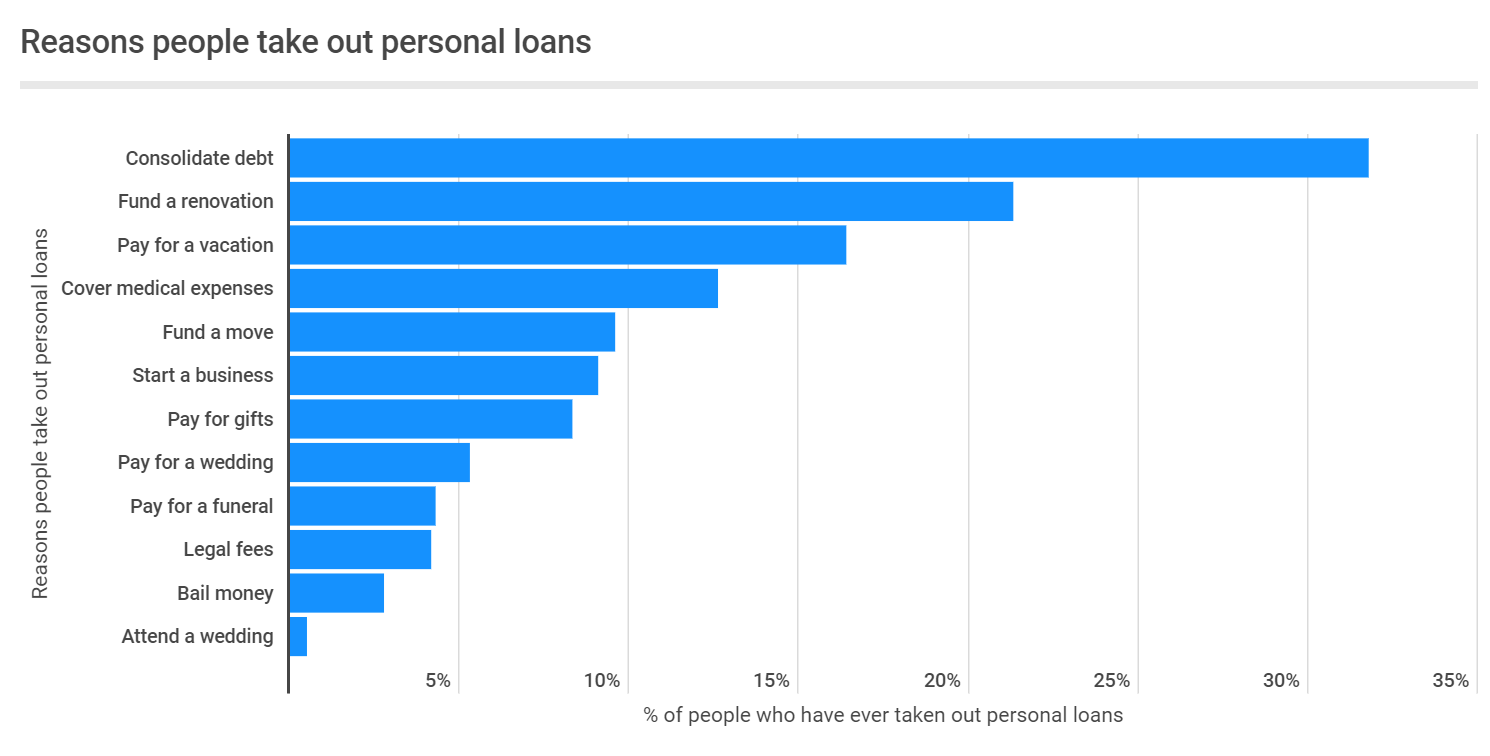
While it can be hard to compete with powerful platforms like Prosper and Lending Club, a startup can try to conquer a smaller niche. How to start a peer-to-peer lending business in a niche market? Let's look at some examples.
Debt Consolidation
This type of loan platform allows borrowers to bring multiple payments into one low-rate monthly payment in an effort to get the person out of debt. The payoff is one of the platforms that specializes in Debt Consolidation. The platform partners with several credit unions to find the best match for applicant-borrowers based on their credit history and other factors.
Car Loans
A popular category in general lending platforms involves car loans. But, this type of loan can bring in a great deal of income all by itself. AutoApprove, MyAutoloan, AutoCreditExpress all connect car-buyers (even with bad credit history) to lenders. Such platforms can also provide car screening, delivery, and trial periods.
Not only p2p marketplaces deal with car loans but online car dealers also make loans part of their business, for example, Carvana and Vroom. The fastest-growing automotive retailer, Carvana, was named “Amazon of Auto.” In 2019, it sold 177,549 vehicles generating around $4 billion in revenue and becoming the third-largest American car dealer.
Education
Around 30% of adults under age 30 in the U.S. take out student loans. Online student loan platforms allow young people to quickly get access to all financial opportunities and choose which is better for them. LendEDU, Education Loan Finance, and Earnest are the biggest competitors in this niche.
Real Estate
This kind of platform allows investors to choose from residential or commercial properties and buy shares. Then, they can either earn dividends from the property’s rental income or sell their shares to other investors. The platform takes care of finding a property, paperwork, finding tenants, maintenance and repair, and sales. The brightest players in this niche are Housers and PropertyPartner.

Small Business Applying for Small Business Administration loans can take months to figure out what documents to provide, and even then the loan may be rejected. Lending platforms for SBA loans like SmartBiz, Fundera, or FundingCircle streamline the application process. In fact, they do not work as traditional lending marketplaces that verify the borrower’s credit history and originating loans; instead, they assign a professional to each pre-qualified applicant who helps them with the loan application process. Then the system finds the best matches for the loan applications with the banks most likely to fund the business.
Challenges of lending platforms and solutions
While the benefits of such platforms are very attractive for all parties, starting a peer to peer lending business, you may face challenges that are particular to this kind of platform. Let’s examine how to combat these difficulties:
1. Trustworthiness
The biggest concern of investors when using peer-to-peer lending marketplaces is the absence of transparency when it comes to risk assessment. It is important to show your investors that you do your best to vet the candidates. To strengthen your reputation, you need to eliminate unreliable borrowers performing ID and credit history screening.
2. Defaults One of the main challenges that every P2P lending platform faces is handling borrowers’ defaults. To mitigate the risks of defaults and losing investors’ money the platform can take the following measures:
- Verify ID and financial situation. For example, the Admins might call the company where the borrower works, require financial documents, W-2 forms, or other tax records.
- Use statistical analysis and AI to more accurately predict potential defaulters and flag them.
- Create timely SMS and email reminders of the payment date.
- Give a chance for borrowers to come up with the money before initiating legal actions. For example, Finzy provides a five-day grace period to borrowers after reminders on the first and fourth of the month
- Allow investors to distribute their money among different loans in order to escape big losses.
3. Cybersecurity Because lending platforms collect lots of sensitive private data of borrowers, they need to pay increased attention to the protection of all this information. How to start a loan app and make it secure? Besides common code security practices, many P2P lenders also incorporate AI to predict and detect potential security breaches and fraud.
4. COVID-19
During the pandemic, many people have felt the pinch. Both investors and borrowers are concerned about their money and this definitely shakes the whole financial market. How to start a peer-2-peer lending business in times of economic instability due to coronavirus?
Lending platforms have to face the COVID challenge by supporting their users. They might find ways to help their users save money but continue to repay their loans. For example, platforms could provide a grace period to make payments with no penalty. But if borrowers are unable to pay due to COVID-19, they may apply for more help. A partnership with online services that provide personal financial assistance might be effective. Such services help businesses identify where to cut costs on expenses like internet, phone, and medical bills. The platform might also help borrowers find new jobs through job portals or employment agencies.
How to create a loan app? (Best features)
Now let’s see how to make a website like Lending Club or Prosper in detail. The person-to-person lending platform like any other marketplace is divided into two sections: borrowing and lending. Each of them has particular features. Let’s take a look at the most common features required when building a loan app.
Borrowers section
1. Rate calculator
People will not register without making sure the rates suit them. When rates are calculated, the platform needs to collect user data to estimate the interest rate terms and monthly payments for each case separately. Create a loan calculator feature on the main page so that users can add information about themselves (name, income amount, loan amount and purpose, address, email, occupation, etc.).
The LendingClub calculator uses a complex formula of many factors like FICO score, credit history, number of recent credit inquiries, and many other factors.
The Prosper platform estimates rates according to a number of inquiries, available credit, credit card utilization, and delinquencies.
Usually, the lending websites get credit data through their partners — credit reporting companies like Transunion or Experian Scorex.
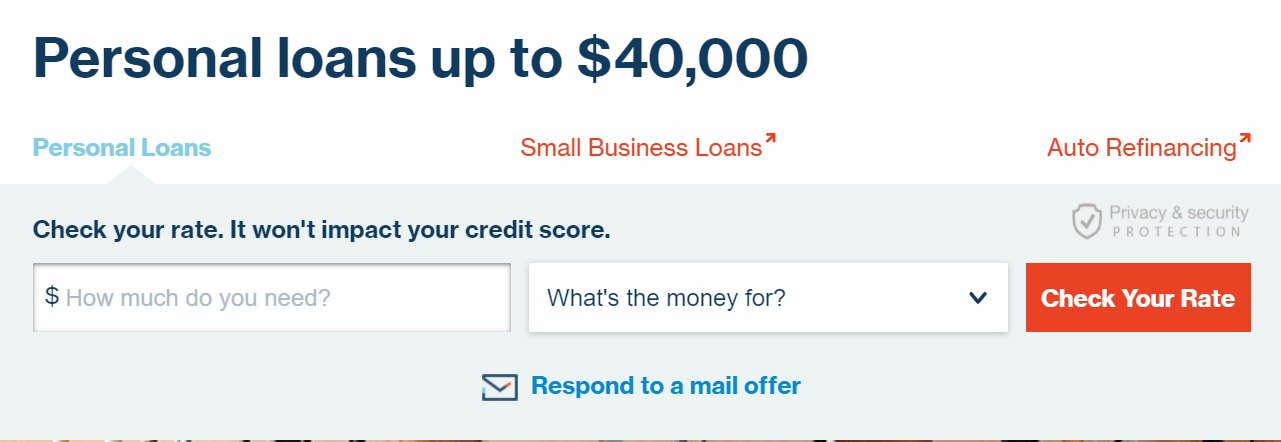
A loan calculator is also a perfect lead generation tool as people leave you their contact details with which you can use to find potential clients. After the results are generated, automatically create their user profile to let users escape the boring registration process.
2. Loan origination
After a borrower’s creditworthiness has been checked, the loan is listed on the website and available for investors.
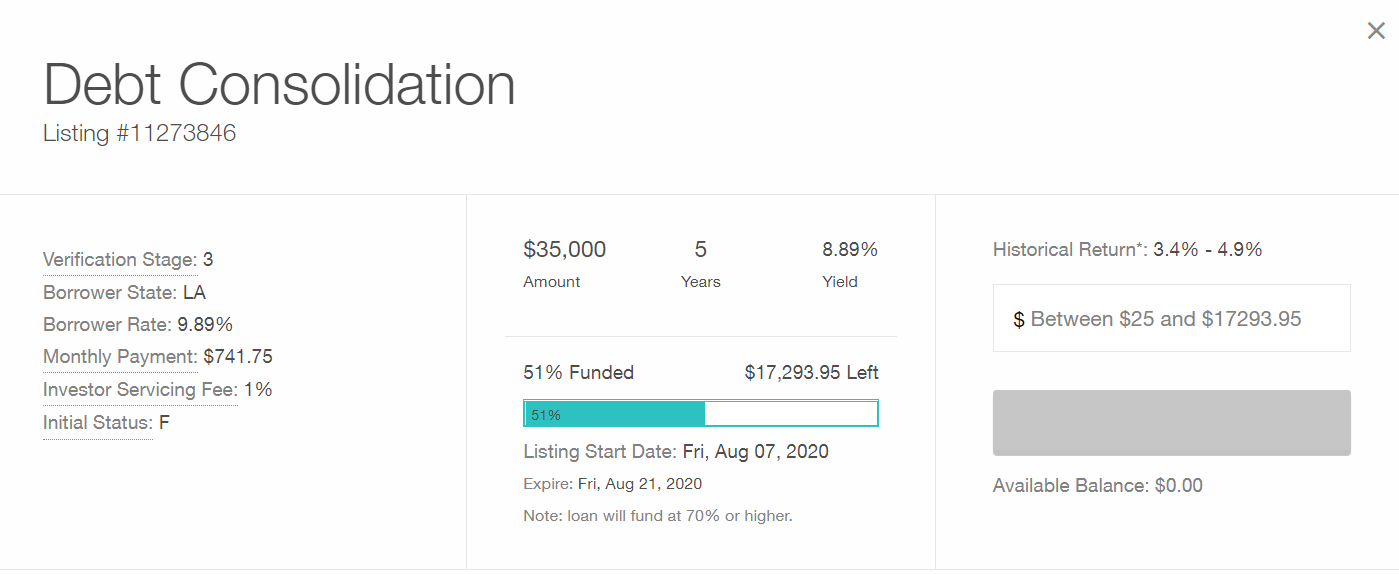
3. Electronic signature
As all interactions between borrowers and investors are online, loan agreements should also be signed electronically. For example, you can integrate with eSignature solutions.
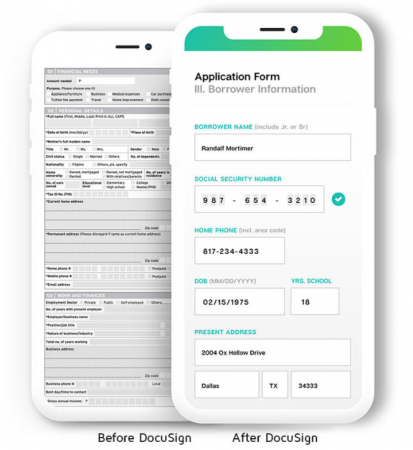
4. Auto-payment
Once the loan is approved, the borrower can set up automatic payments that transfer money directly from the bank account on the selected date. For this, you need to implement a payment gateway that supports recurring billing like PayPal or Stripe.
5. Dashboard
This is an important feature that shows users the current state of their loan: amount repaid to date, money left to pay, the due date of the next payment, total time left to pay, etc.
6. Communication tool Borrowers need to communicate with the platform administrators to get help or consultation: confirm that the payment has been obtained, clarify exactly what documents are needed, or even ask for a new loan. Make it easy to use a messenger or chat feature for quick communication.
Investors Section
1. Account
Registration of a new investor. Individuals usually need to add basic, contact, and tax information to start an account.
2. Investor’s portfolio
A lender may provide loans to many borrowers to diversify the investments and reduce risks. Using this strategy, if one borrower defaults, the lender does not lose all of his or her money and they will be able to make up for the loss with payments from other borrowers. Usually, platforms allow loans in so-called ‘notes’ of $25 and they can make as many loans as they want.

3. Loans search
Investors may manually look up loan requests and choose which they are willing to support. Add a Search feature with filters such as interest rate, loan term, loan purpose, and borrower credit score. LendingClub allows users to download a spreadsheet of all available loans on the platform to analyze them offline in Excel.
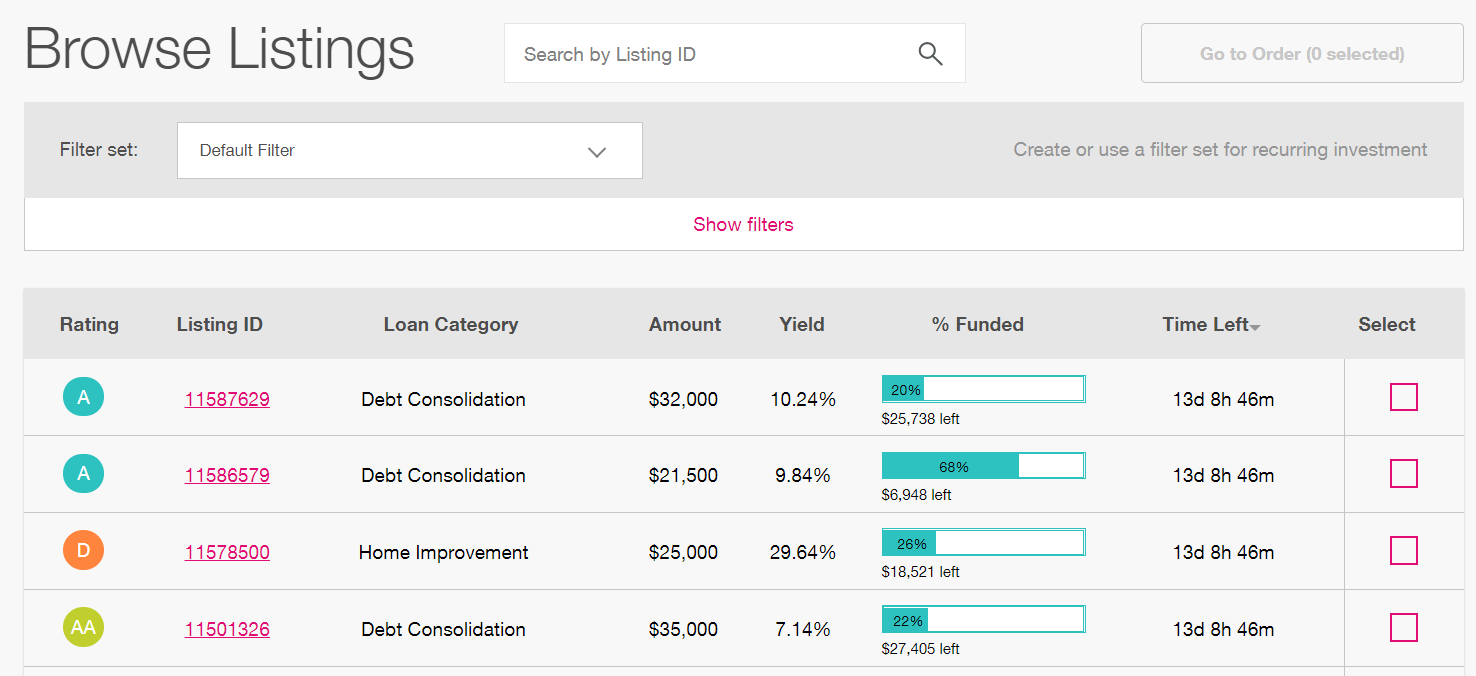
4. Semi-automated investment
Investors who do not want to spend a lot of time on loan selection may use an automatic matching algorithm that will pick suitable loans according to criteria chosen by the lender. Prosper has a “Quick Invest” feature that allows users to start investing in a few clicks.
5. Dashboard This screen allows an investor to see the full data about his or her investments and revenues at a glance.
Admin section
Besides the Borrower and Investor sections, there should be also a back-office where the platform Admins manage all the processes. The features include:
1. User management
Here admin should be able to view and manage all platform users, update their status manually, and approve loans.
2. Customer relationship management
This can be either a part of User Management or a separate feature. The tool is used to keep all the leads and current users’ contacts, record valuable client notes, and help to manage sales and marketing campaigns.
3. Loan management
Here admins can create and edit various loan types and their characteristics (payment options, interest rates, and service fees).
4. Content management
Admins should be able to update the website content like announcements, notifications, and blogs.
5. Finance management
It is important to track all the transactions passing through the website — fees from payments, subscription charges, penalties, etc.
6. Partners management
If there are integrations with third-party software like credit history screening, there should be a section where these connections are managed.
7. Analytics dashboard The key metrics should be displayed on the main screen of the Admin panel for monitoring the performance at a glance.
How to apply this to your business
Hopefully, this article has been helpful for people who are thinking about how to start a peer to peer lending company. Considering the above-mentioned business challenges and solutions, you can start working on your technical requirements for a loan website or app. The list of features is just a skeleton for your project and can be extended or modified.
If you have written requirements, you may start looking for a web designer and development team that will move your project from an idea to reality.
We will gladly estimate the time and budget for a startup like Lending Club and plan the development process. We recommend that our clients start with a minimum viable project to be able to quickly launch the project, and then make the changes as soon as possible based on early feedback from users.
Do you need to build a p2p lending platform?
Get a Free QuoteRate this article!
5

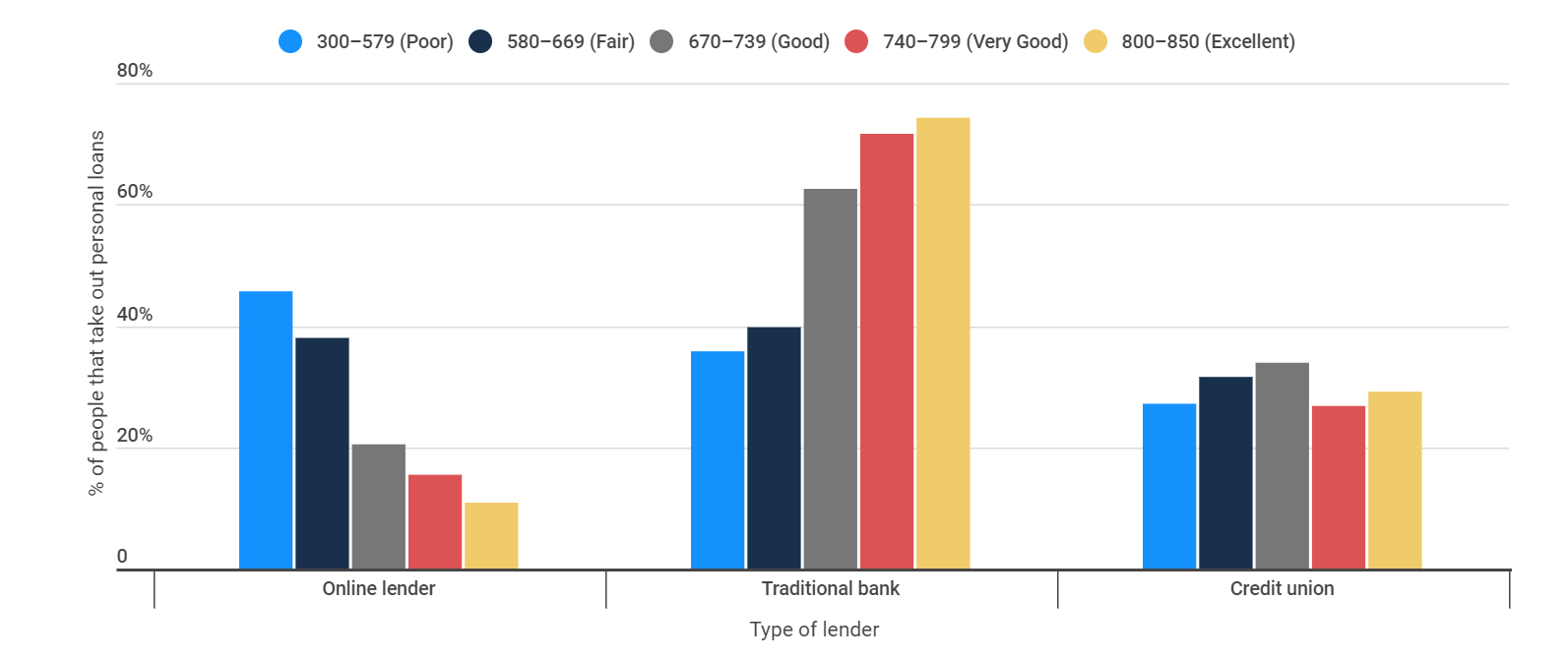
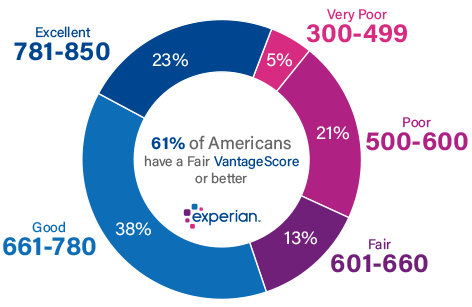



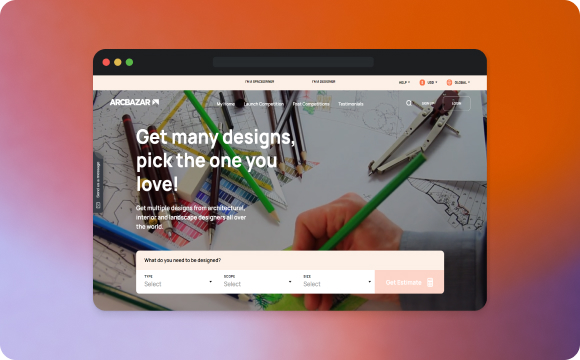
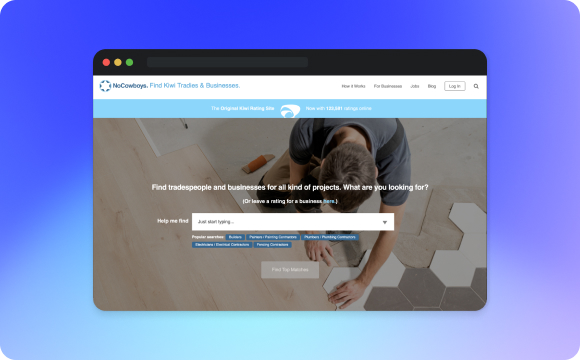



 Sign in with Google
Sign in with Google
Comments (0)